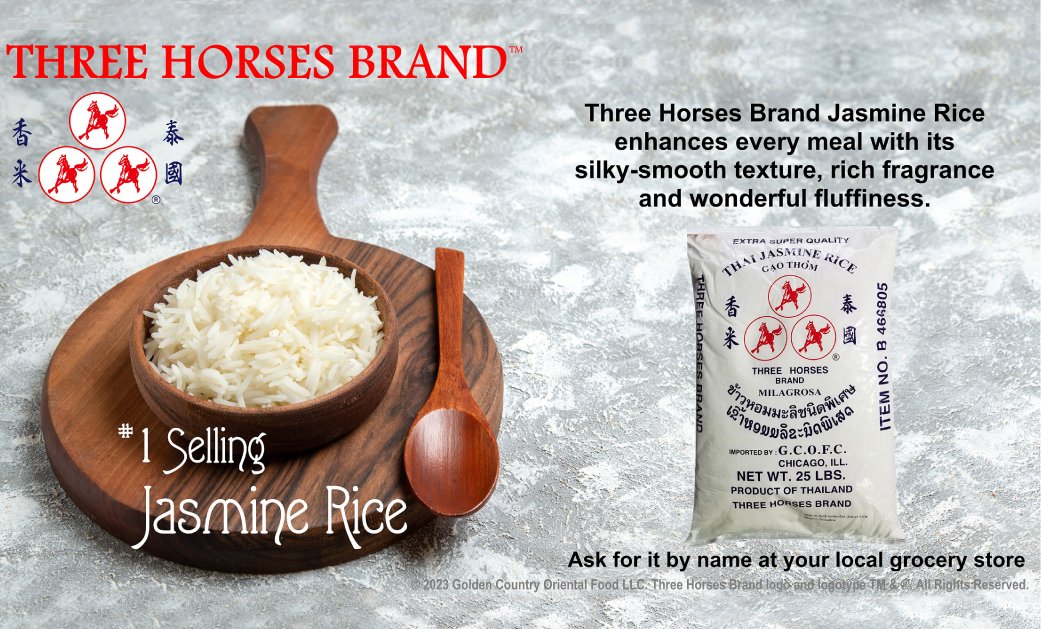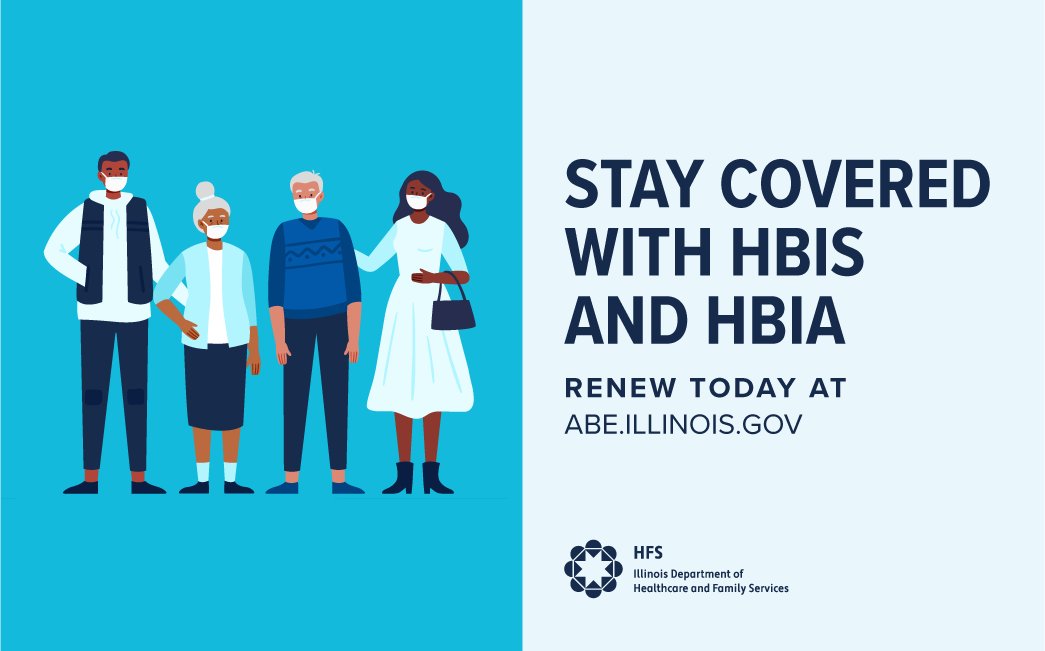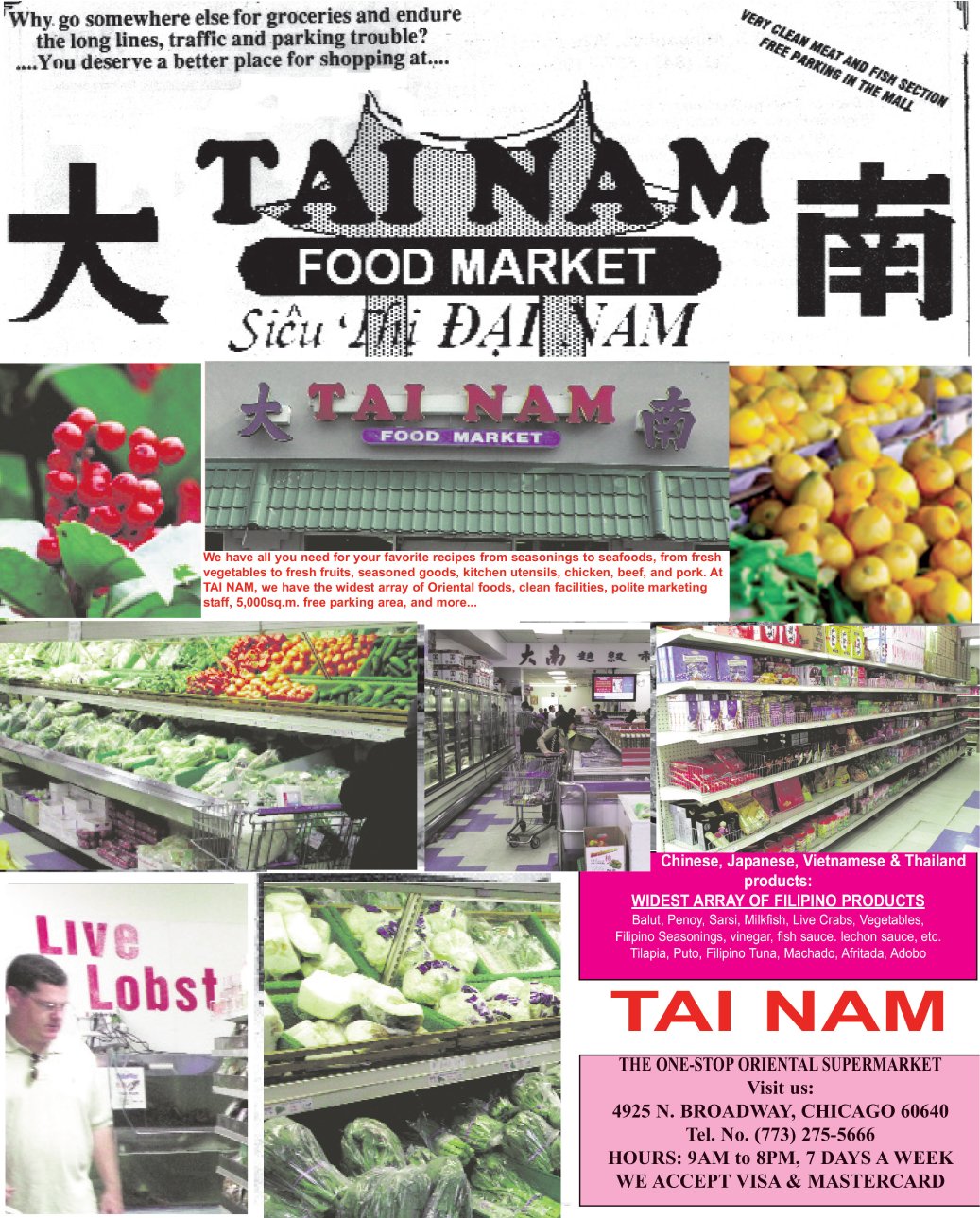
Three Omega-3 Rich Foods That Could be Bad for Your Health
Many of the products on the market today fortified with omega-3 fatty acids may not be as great for you as once thought.
In fact, in order to continue to get the benefits of omega-3 fatty acids, you should eat plenty of fish, krill oil, shellfish, nuts, and olive oil in order to get your daily supply of the omega-3 fatty acids DHA and EPA.
However, here is a list of three fortified foods that may not be as beneficial as once thought.
1. Omega-3 Rich Mayo
In most instances, the mayo you choose could be made from soybean oil, which is plentiful in omega-6 fatty acids and lower in omega-3 fatty acids.
As you may well know, omega-6 fatty acids have been linked to increased inflammation, which has been linked to poor health.
If you do like mayo, be sure to use it sparingly, in order to improve your health and wellness.
2. Omega-3 Rich Margarine Margarine, which is created through a process of hydrogenation, is commonly found in the oil form at room temperature and is then injected with hydrogen particles, to make it stable at room temperature.
By fortifying margarine, it is thought to enhance cardiovascular health and wellness.
In fact, there was no difference between regular margarine and the fortified margarine. If you need a spread, consider butter as a better alternative, due to the lack of trans fatty acids.
3. Omega-3 Rich Infant Formula Breastfeeding is still the number one choice of doctors and pediatricians, when it comes to supplying your growing baby with the right nutrition.
It is recommended that you breastfeed for anywhere between one to six months, with six months being optimal.
However, some women may find it difficult to breastfeed and, instead, turn to omega-3 rich infant formulas fortified with DHA.
Although research has shown omega-3 rich formula to be beneficial to growing infants, there is very little conclusive evidence

















